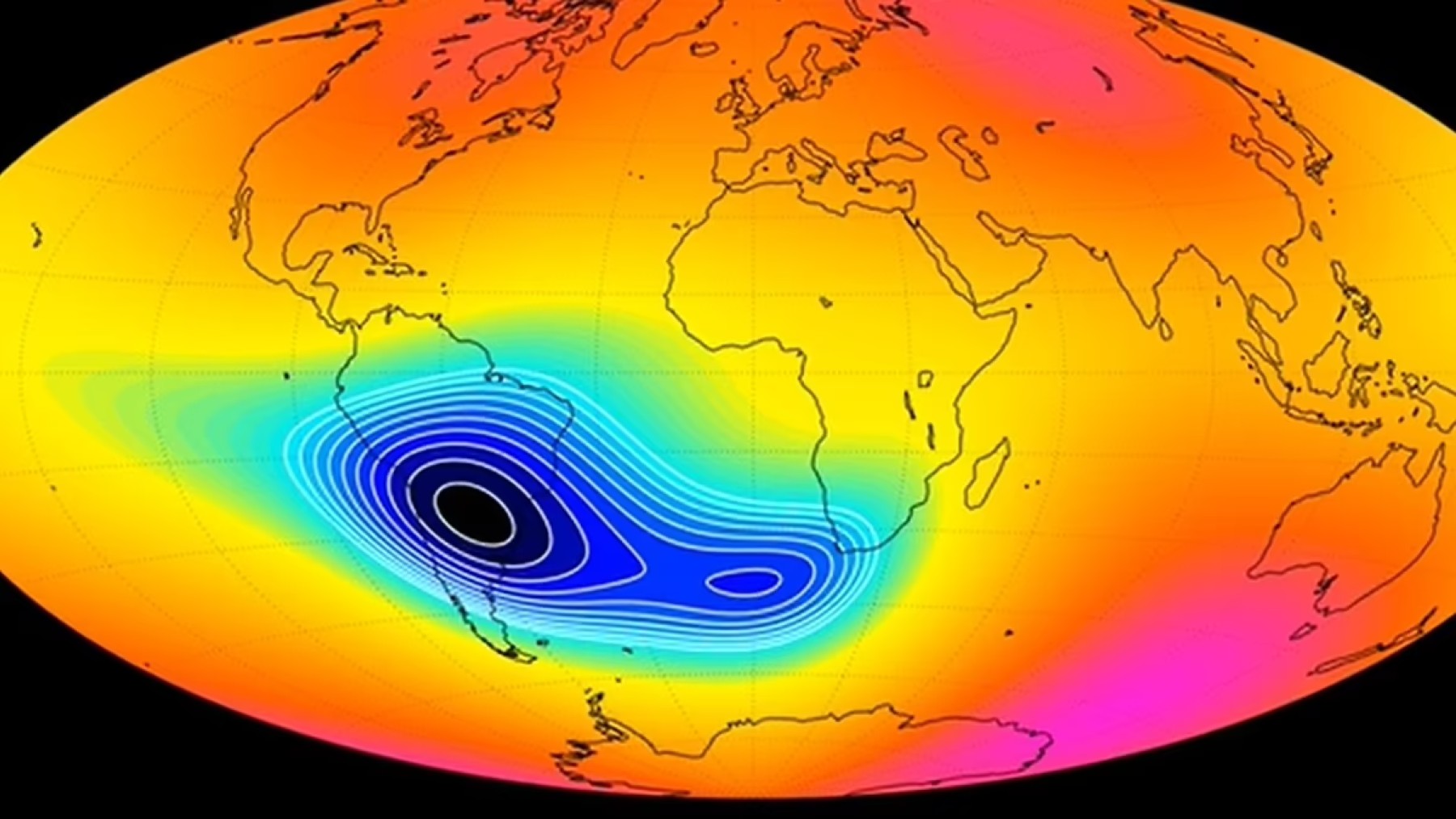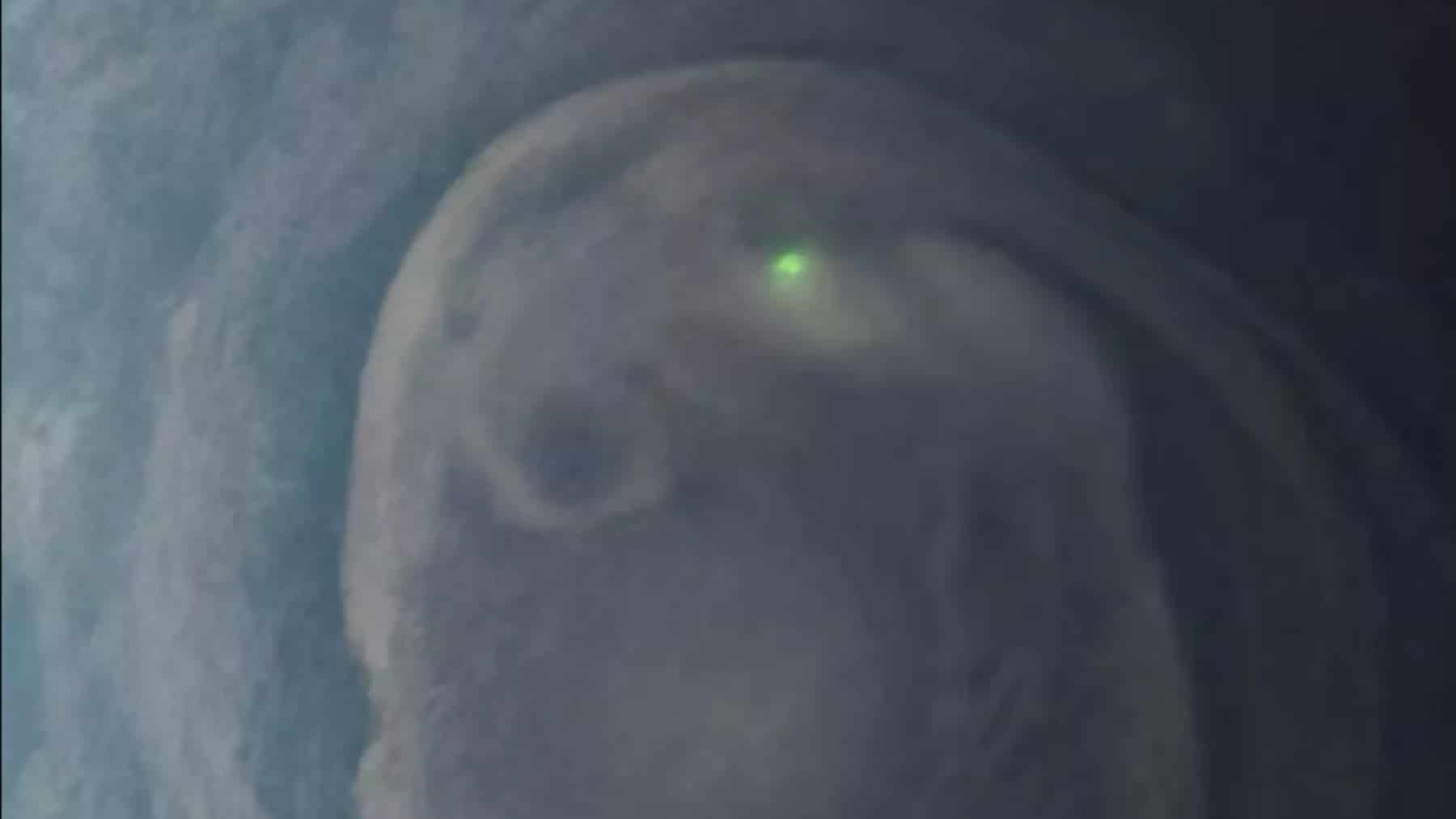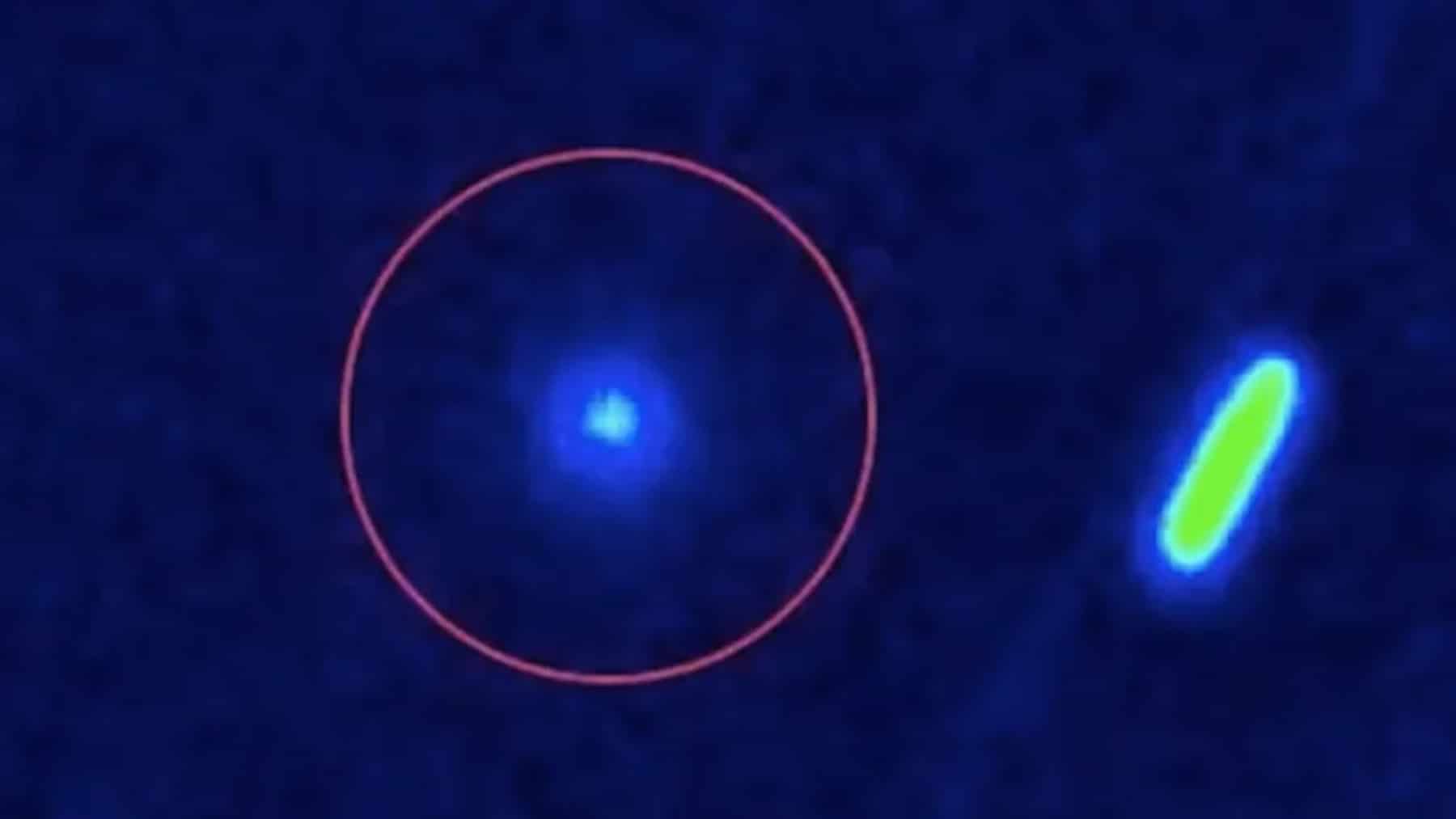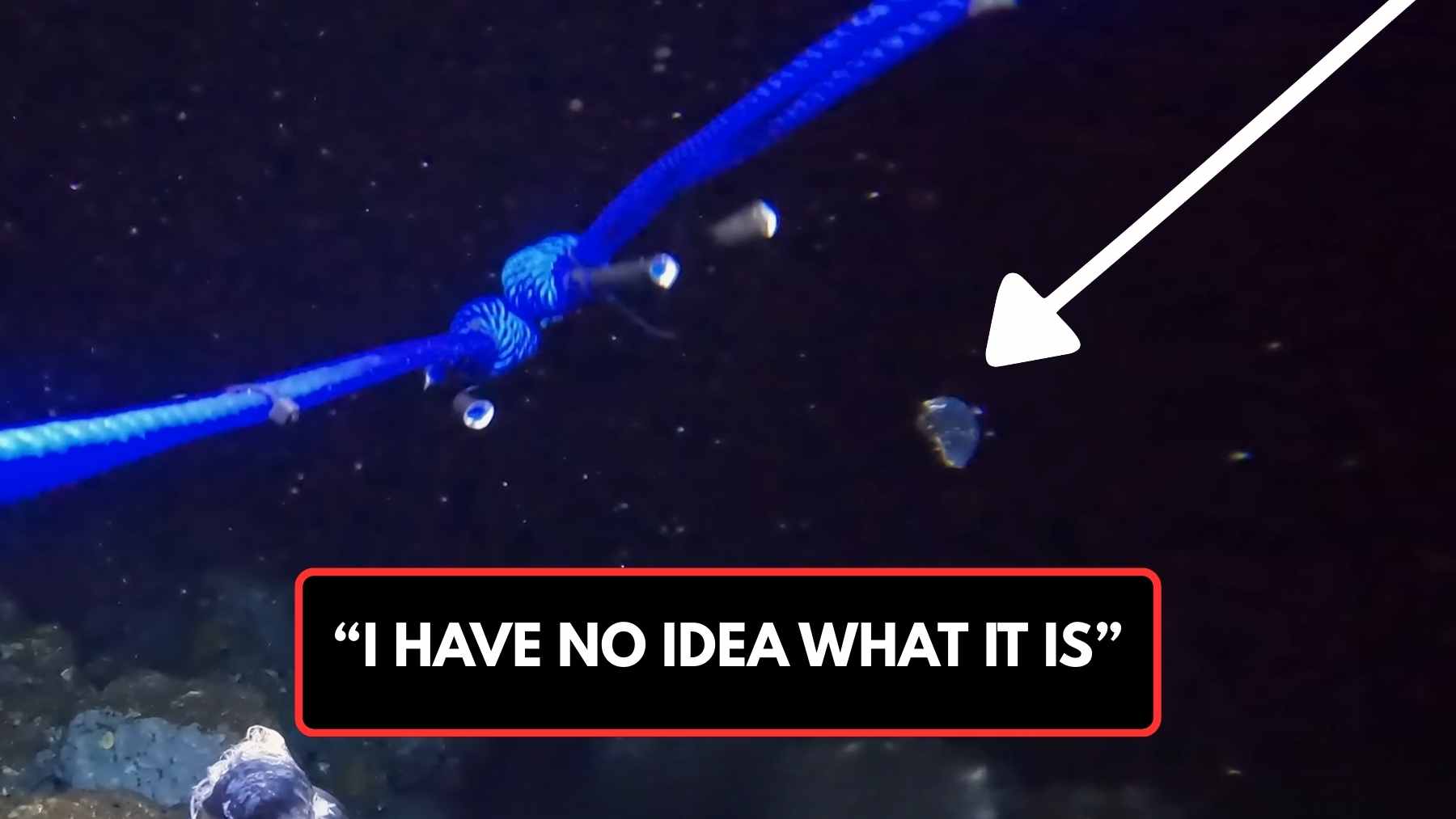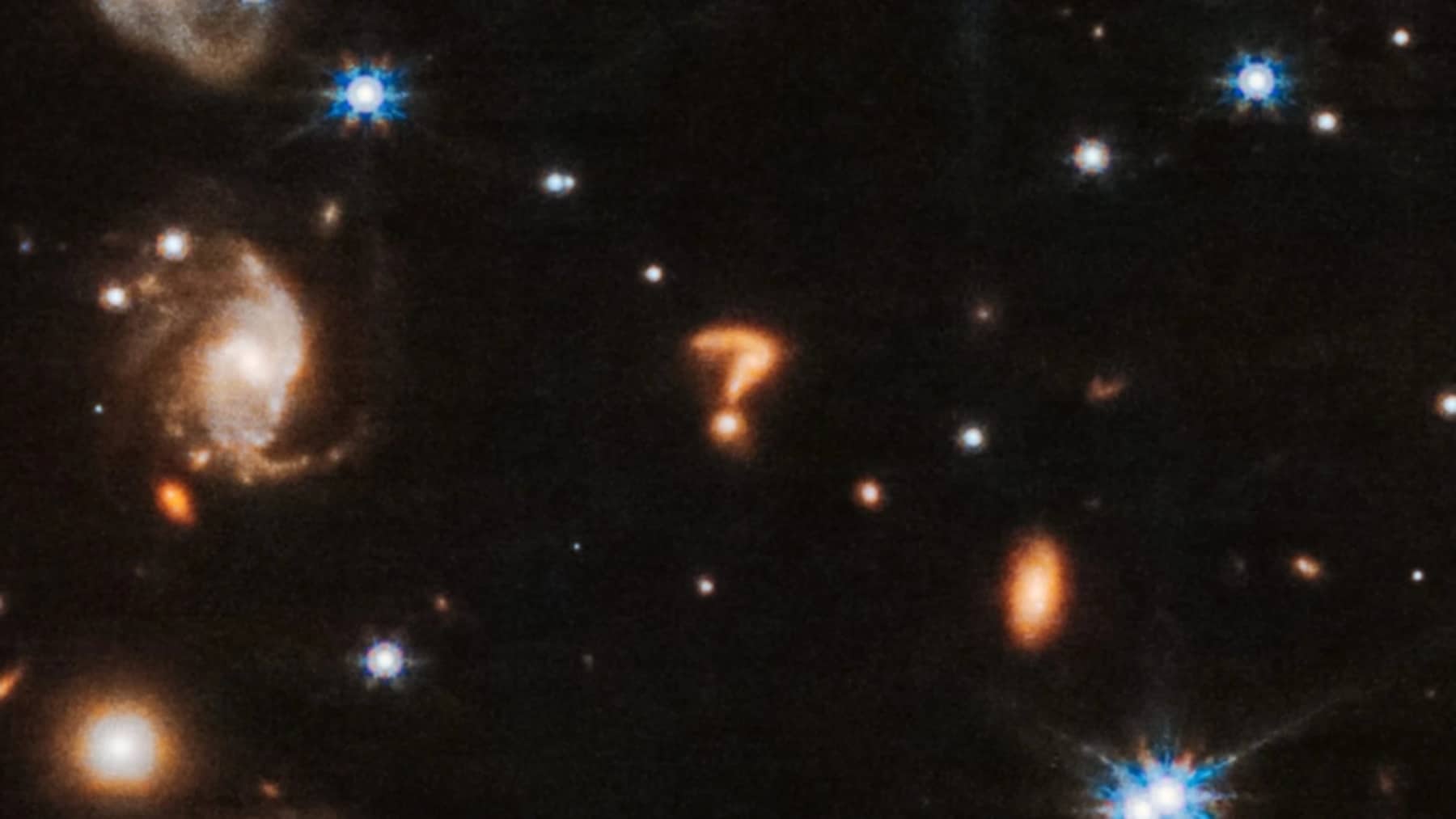NASA has been observing the South Atlantic Anomaly (SAA), a very weak area within the Earth’s magnetic field that stretches between South America and Southwestern Africa. This “dent” in the field draws interest among scientists for possibly affecting space technologies and the internal processes of the Earth. It has been a danger for spacecrafts in Low-Earth Orbit (LEO), but not for people living on Earth.
Spacecraft in peril: Satellites endangered by dangerous solar particles
This magnetic field of the earth acts as a protective cover against any harmful charged particles from the Sun that come straight towards the surface of the earth. Instead, it traps these particles and diverts them elsewhere. However, a region known as the SAA has a weak magnetic field so that these particles lower into the near-surface region than they normally would.
This allows space exploration vehicles traversing this area to be exposed to a huge risk. Hence, satellites placed at low altitude such as the International Space Station (ISS) pass through such areas into their vicinity and so are directly exposed to the particles mentioned earlier.
High-energy protons, as well as other charged particles, strike a satellite and create temporary malfunctions in its systems. In some extreme cases, these impacts may result in damage to crucial components or the creation of a short circuit. To counter this phenomenon, NASA has employed a technique of shutting down the non-essential systems in satellites when passing through the anomaly to minimize potential damage.
Under Africa destroying the South Atlantic Anomaly by dense rocks
Once research into the origins of the South Atlantic Anomaly was long, scientists came up with a host of assumptions at different times. The weakening magnetic field in this area has been largely contributed to by a vast underground reservoir of dense rock sitting under the African continent almost 1,800 miles below the ground.
Its name, the African Large Low Shear Velocity Province, is thought to disturb the magnetic field (just like this one surrounding the Earth) generation of the whole planet, thus representing a localized weakness in that region. Hence, the reasoning here is that the anomaly results from the complex interaction between the molten iron from within the outer core of the Earth and the rocky mass below and that the regular operation for the magnetic field is disturbed.
The other factor associated with this phenomenon is the tilt of the Earth’s magnetic axis, which, like the former, plays a very vital role again in destabilizing the field in this area. As it was reported by NASA researchers, this localized disturbance is not something new but rather links up to a longer term and recurring event that may have been under disturbance of the Earth’s magnetic field for millions of years already.
It is still difficult for scientists to catch up with what will happen to the SAA in the long run, while new findings keep surfacing with ongoing research about this anomaly’s nature and effects within the Earth’s magnetic environment.
SAA splits: New challenges for space missions on the way
The South Atlantic Anomaly has a dynamic nature, which has been shifting and bifurcating into two lobes. Researchers reported in 2020 that this would cause some new problems regarding spacecraft, which require monitoring in the coming years.
Such ongoing monitoring by NASA is critical for understanding the future of this anomaly and limiting the risks of long-term space missions. Scientists emphasize that the acquisition of continuous data is important in formulating relevant models to predict the behavior of the SAA.
What can we predict about another? Consider what forces constitute this. Over time, it just drifted and split into two lobes. In fact, further observations in 2020 reported that these phenomena were causing some new issues to spacecraft.
Such changes will require vigilance over the next few years. The ongoing effort of NASA’s observation is vital toward modeling future predictions of the anomaly and reducing risks for long duration space missions. Scientists stressed the importance of cross-collection to create valid models for predicting future behavior of the SAA.
Earth’s magnetic environment (such as this strange one) and ongoing scientific work are well demonstrated by the anomaly. The South Atlantic Anomaly will help understand better how the magnetic field behaves. The anomaly is problematic for spacecraft positioned in Low-Earth Orbit, but research and monitoring from NASA will only improve the understanding of the anomaly.
